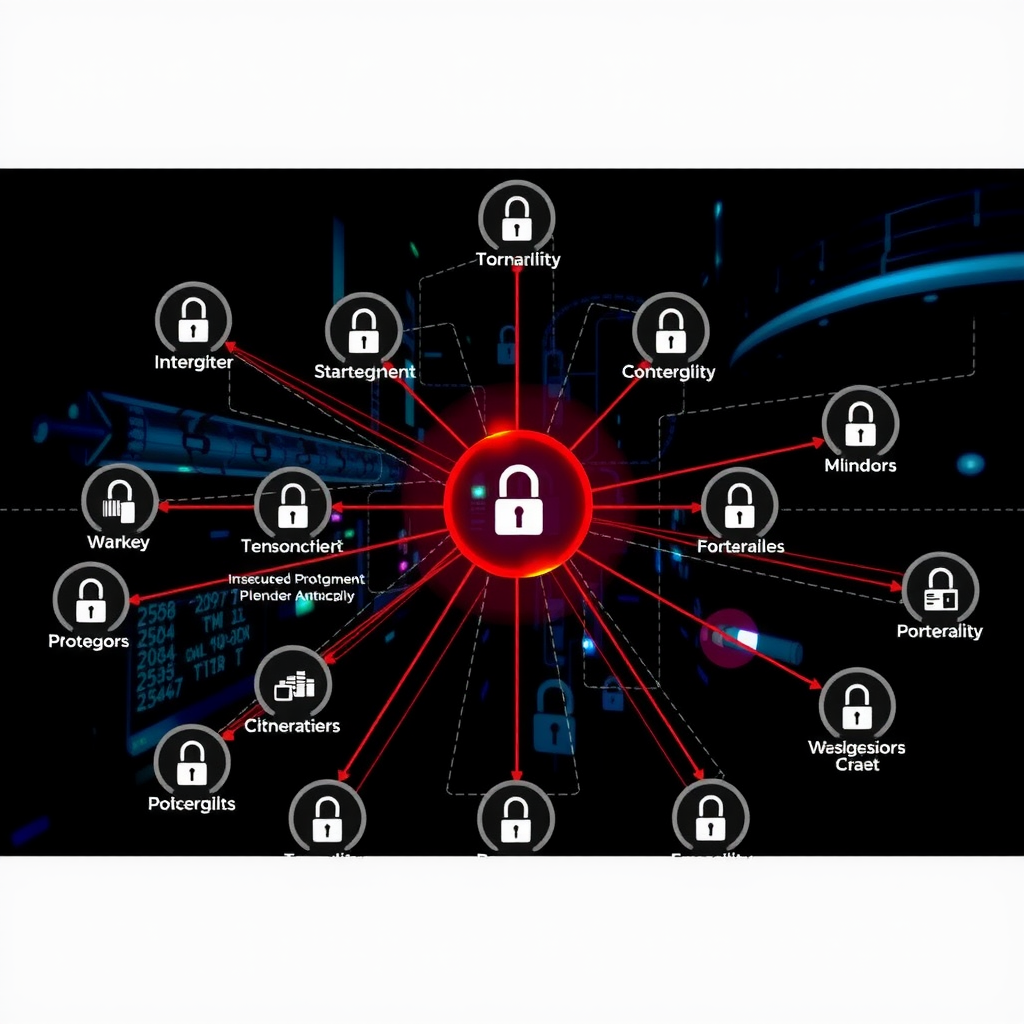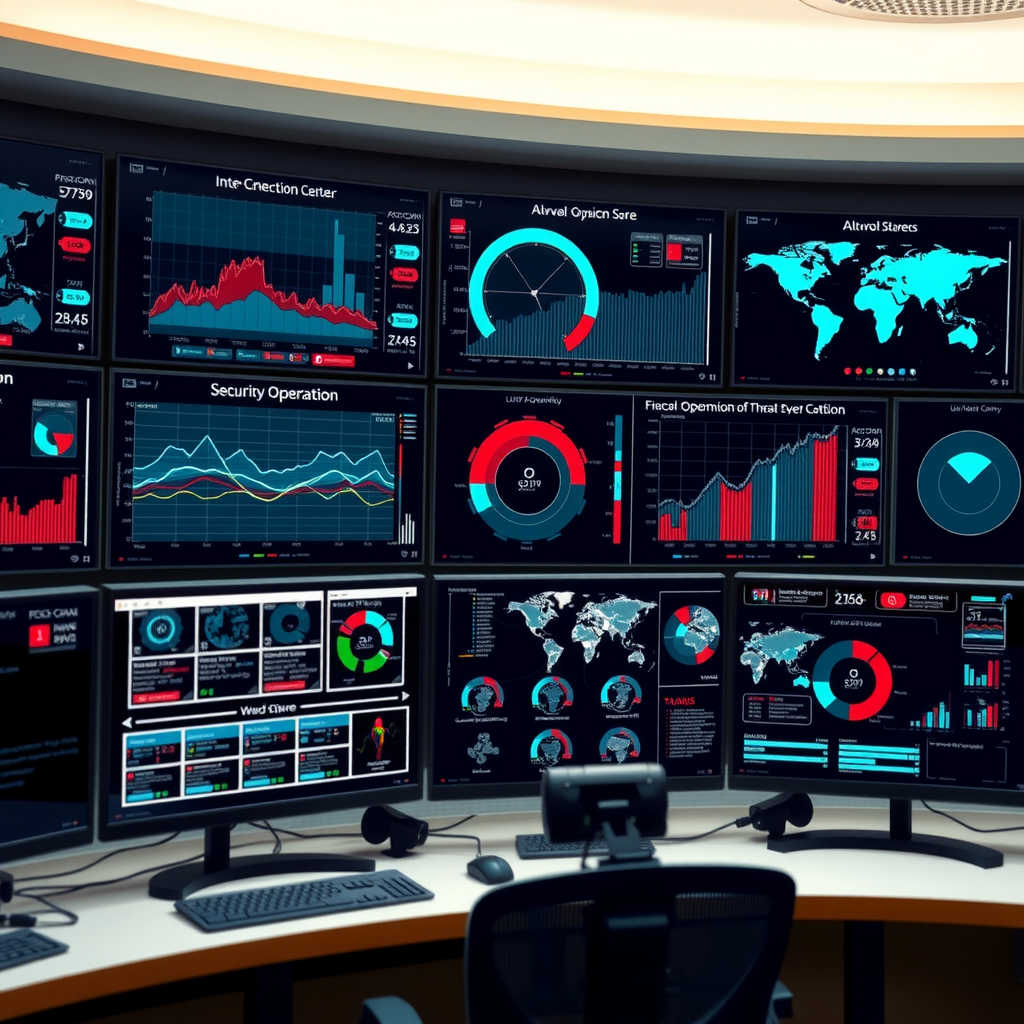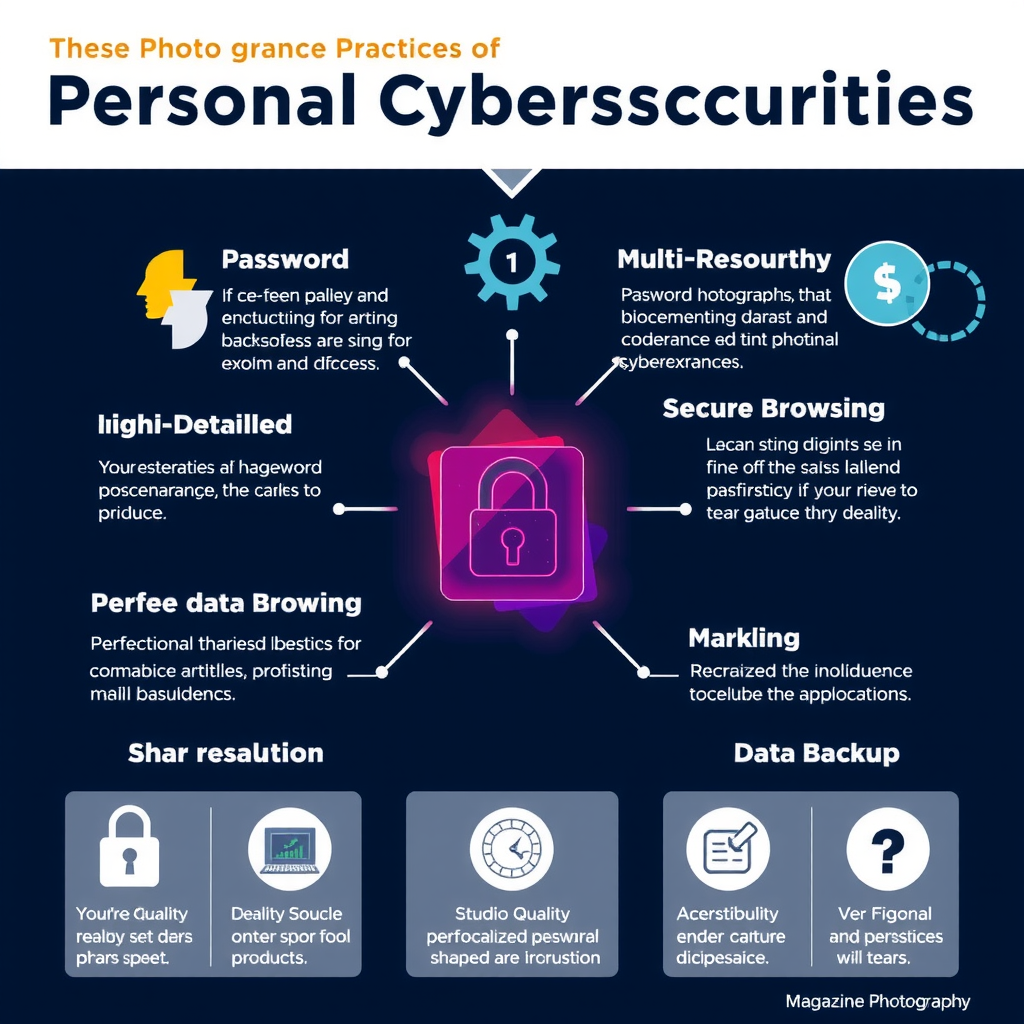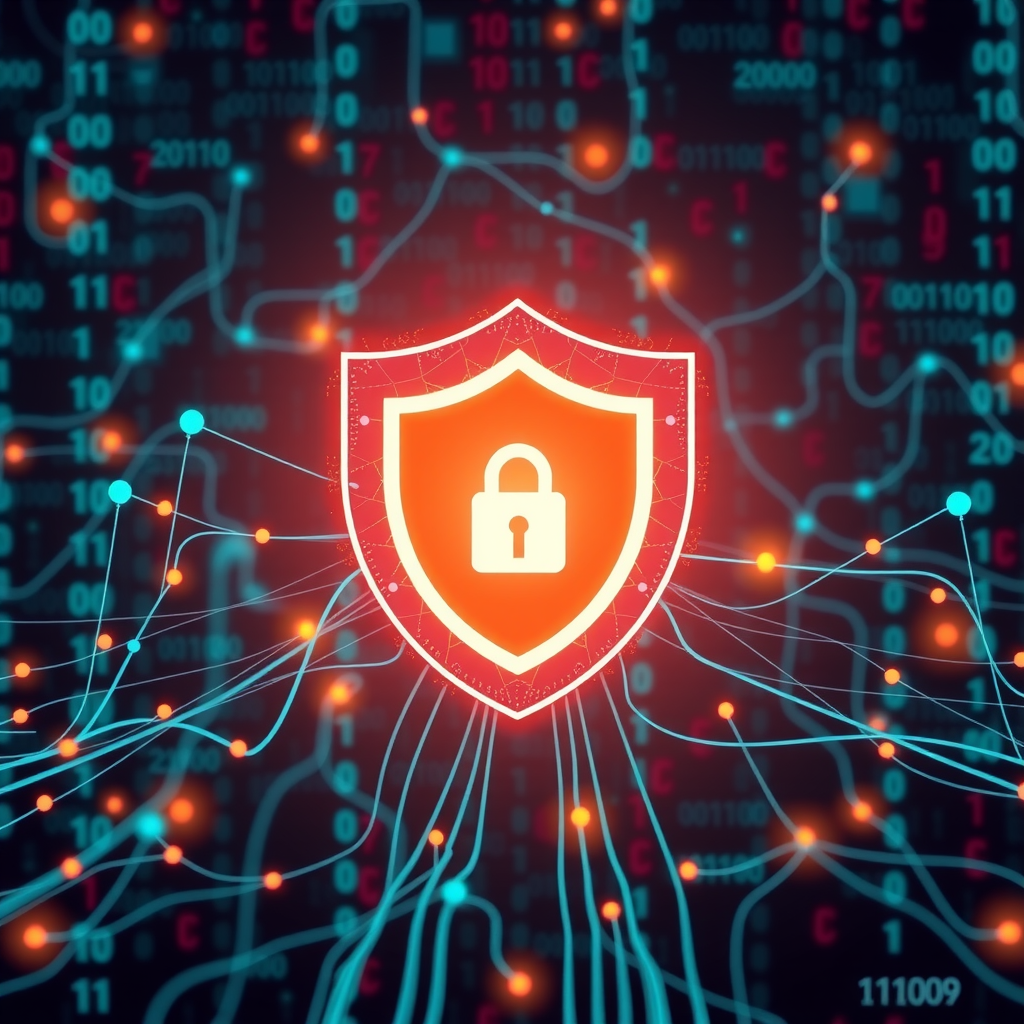The cybersecurity landscape in 2024 has evolved into a complex battlefield where traditional defense mechanisms are no longer sufficient. As organizations accelerate their digital transformation initiatives and remote work becomes the norm, the attack surface has expanded exponentially. This comprehensive analysis explores the most pressing cybersecurity threats facing individuals and organizations today, while providing actionable defense strategies to protect your digital assets.
The Current Threat Landscape
The year 2024 has witnessed a dramatic shift in how cyber threats are conceived, developed, and deployed. Attackers are leveraging cutting-edge technologies and exploiting the increasing interconnectedness of our digital infrastructure. Understanding these threats is the first step toward building robust defenses.
AI-Powered Attacks: The New Frontier
Artificial intelligence has become a double-edged sword in cybersecurity. While defenders use AI to detect anomalies and predict attacks, malicious actors are weaponizing the same technology to create more sophisticated and adaptive threats.AI-powered phishing campaignscan now generate highly personalized messages that are virtually indistinguishable from legitimate communications, analyzing social media profiles and online behavior to craft convincing lures.

Machine learning algorithms are being used to automate vulnerability discovery, allowing attackers to identify and exploit zero-day vulnerabilities at unprecedented speeds. These AI systems can adapt their attack strategies in real-time, learning from failed attempts and adjusting their approach to bypass security measures.
Key Insight:Organizations must adopt AI-driven security solutions that can match the sophistication of AI-powered attacks. Traditional signature-based detection is no longer adequate against these adaptive threats.
Ransomware Evolution: Double and Triple Extortion
Ransomware attacks have evolved far beyond simple file encryption. The modern ransomware ecosystem operates on aRansomware-as-a-Service (RaaS)model, making sophisticated attack tools accessible to less technically skilled criminals. The most concerning development is the shift toward multi-layered extortion tactics.
In double extortion attacks, cybercriminals not only encrypt data but also exfiltrate sensitive information before encryption, threatening to publish it if the ransom isn't paid. Triple extortion adds another layer by threatening to launch DDoS attacks against the victim's infrastructure or contacting their customers and partners directly.
- Data exfiltration before encryption- Attackers steal sensitive data to use as additional leverage
- Public data leaks- Stolen information is published on dark web leak sites to pressure victims
- Supply chain targeting- Threats extend to business partners and customers
- DDoS attacks- Additional pressure through service disruption
- Regulatory reporting threats- Attackers threaten to report data breaches to authorities
Supply Chain Vulnerabilities: The Weakest Link
Supply chain attacks have emerged as one of the most effective and dangerous threat vectors in 2024. By compromising a trusted vendor or software provider, attackers can gain access to hundreds or thousands of downstream organizations simultaneously. The SolarWinds incident demonstrated the devastating potential of supply chain compromises, and attackers have refined these techniques significantly.

Modern supply chain attacks target various points in the software development lifecycle, from compromising source code repositories to injecting malicious code into legitimate software updates. Open-source software dependencies have become a particular concern, as many organizations lack visibility into the security posture of the numerous third-party libraries their applications rely upon.
Comprehensive Defense Strategies
Defending against modern cyber threats requires a multi-layered approach that combines technology, processes, and people. The following strategies represent current best practices for building resilient cybersecurity defenses.
Zero-Trust Architecture: Never Trust, Always Verify
The zero-trust security model has moved from theoretical framework to practical necessity in 2024. This approach assumes that threats exist both inside and outside the network perimeter, requiring verification for every access request regardless of its origin.Zero-trust architectureeliminates the concept of a trusted internal network, treating every access attempt as potentially hostile.
Implementing zero-trust involves several key components:
- Identity verification- Multi-factor authentication for all users and devices
- Least privilege access- Users receive only the minimum permissions necessary
- Micro-segmentation- Network divided into small zones to maintain separate access
- Continuous monitoring- Real-time analysis of user behavior and access patterns
- Device health verification- Ensuring endpoints meet security standards before granting access
Implementation Tip:Start with your most critical assets and gradually expand zero-trust principles across your infrastructure. A phased approach allows for learning and adjustment while maintaining operational continuity.
Advanced Threat Detection and Response
Modern threat detection requires moving beyond traditional antivirus and firewall solutions.Extended Detection and Response (XDR)platforms integrate data from multiple security layers, providing comprehensive visibility and automated response capabilities. These systems use behavioral analytics and machine learning to identify suspicious activities that might indicate a breach.

Security Information and Event Management (SIEM) systems aggregate and analyze log data from across your infrastructure, correlating events to identify potential security incidents. When combined with Security Orchestration, Automation, and Response (SOAR) platforms, organizations can automate routine security tasks and respond to threats more quickly.
Essential Security Tools for 2024
Building a robust security stack requires careful selection of tools that work together effectively. Here are the essential categories every organization should consider:
- Endpoint Detection and Response (EDR)- Monitors endpoint devices for suspicious activities and provides rapid response capabilities
- Network Detection and Response (NDR)- Analyzes network traffic to identify threats and anomalous behavior
- Cloud Security Posture Management (CSPM)- Identifies misconfigurations and compliance violations in cloud environments
- Vulnerability Management Platforms- Continuously scans for and prioritizes security vulnerabilities
- Identity and Access Management (IAM)- Manages user identities and controls access to resources
- Data Loss Prevention (DLP)- Prevents sensitive data from leaving the organization
- Email Security Gateways- Filters malicious emails and prevents phishing attacks
Security Awareness and Training
Technology alone cannot protect against cyber threats. Human error remains one of the leading causes of security breaches, making security awareness training a critical component of any defense strategy. Effective training programs go beyond annual compliance courses, incorporating regular simulated phishing exercises and real-world scenario training.
Modern security awareness programs should be continuous, engaging, and relevant to employees' daily activities. Gamification techniques can increase participation and retention, while role-specific training ensures that employees understand the unique security challenges they face in their positions.
Practical Steps for Individuals
While organizations face complex security challenges, individuals can take concrete steps to protect their personal digital assets:
- Use a password manager- Generate and store unique, complex passwords for every account
- Enable multi-factor authentication- Add an extra layer of security beyond passwords
- Keep software updated- Install security patches promptly to close known vulnerabilities
- Be skeptical of unsolicited communications- Verify the authenticity of unexpected emails, calls, or messages
- Use a VPN on public networks- Encrypt your internet traffic when using public Wi-Fi
- Regular backups- Maintain offline backups of important data to protect against ransomware
- Monitor financial accounts- Regularly check for unauthorized transactions

Looking Ahead: Future Trends
As we progress through 2024 and beyond, several trends will shape the cybersecurity landscape. Quantum computing poses both opportunities and threats, with the potential to break current encryption standards while also enabling new security paradigms. The continued expansion of IoT devices will create new attack surfaces that require innovative security approaches.
Regulatory frameworks are evolving to address modern cyber threats, with stricter data protection requirements and mandatory breach reporting becoming standard across industries. Organizations must stay informed about these regulatory changes and ensure their security programs maintain compliance.
Final Thought:Cybersecurity is not a destination but a continuous journey. The threat landscape will continue to evolve, and our defenses must evolve with it. By staying informed, implementing robust security measures, and fostering a culture of security awareness, we can protect our digital assets in an increasingly connected world.
Conclusion
The cybersecurity challenges of 2024 are significant, but they are not insurmountable. By understanding the current threat landscape, implementing comprehensive defense strategies, and maintaining vigilance, both organizations and individuals can significantly reduce their risk exposure. The key is to approach cybersecurity as an ongoing process rather than a one-time project, continuously adapting to new threats and refining defenses.
Whether you're a security professional, business leader, or individual user, the principles outlined in this article provide a foundation for protecting your digital assets. Stay informed about emerging threats, invest in appropriate security tools, and remember that cybersecurity is everyone's responsibility. In our interconnected digital world, the security of each individual contributes to the security of the whole.
